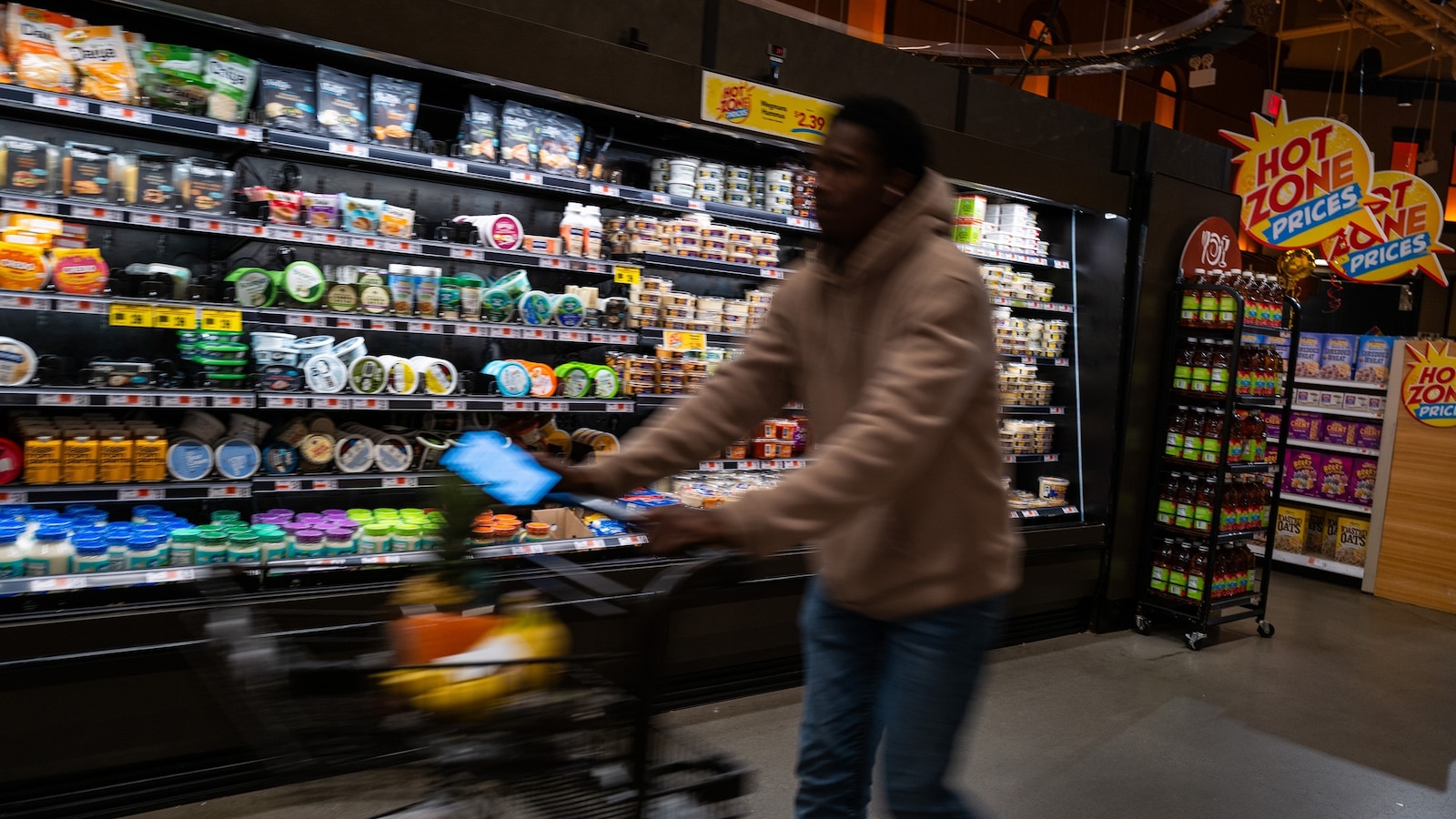Inflation increased modestly in May, reaching 2.4%, consistent with forecasts, as reported by the U.S. Consumer Price Index released on Wednesday. According to the Bureau of Labor Statistics, prices rose by 0.1% throughout the month, a figure that fell short of some economic predictions.
The rise in prices was primarily driven by a 0.3% increase in shelter costs. Food prices also saw a 0.3% uptick for both grocery shopping and dining out. Conversely, energy costs dropped by 1.0%, largely due to a decline in gasoline prices.
Core prices, which exclude food and energy, rose by 0.1% in May and have increased by 2.8% over the past year. Notable monthly price hikes were observed in medical care, motor vehicle insurance, household furnishings, personal care, and education. However, airline fares, used vehicles, new cars, and apparel saw price declines in May.
Egg prices surged by 41.5% year-over-year but fell by 7.5% compared to the previous month. Meanwhile, the cost of uncooked ground beef has risen by 9.9% year-on-year.
This latest report adds to the scrutiny of President Donald Trump’s tariffs, with retailers and economists expressing concerns that these policies might drive prices higher. Nonetheless, the economy has largely sidestepped earlier concerns about rising costs, showing signs of cooling inflation in the months since Trump assumed office.
Compared to an inflation rate of 2.3% recorded for the year ending April, this slight increase indicates a cautious upward trend, while still remaining well below the peak inflation rate of 9% seen in 2022.
Economists anticipated this modest inflation rise, which keeps price levels close to the Federal Reserve’s target of 2%. In recent weeks, Trump has rescinded some of his more substantial tariffs, lowering the financial burden on importers who often pass on these costs to consumers.
A recent trade agreement between the U.S. and China reduced reciprocal tariffs and elicited a positive response in stock markets, prompting Wall Street to slightly adjust its outlook for economic growth. This deal was made shortly after the White House paused a significant number of Trump’s tariffs affecting various countries and eased restrictions targeting the auto sector and some imports from Mexico and Canada.
Despite these adjustments, a broad 10% tariff on nearly all imports remains, with some notable exceptions including semiconductors and pharmaceuticals. These tariffs are currently in a state of legal uncertainty following recent federal court rulings.
Tariffs are still applicable to steel, aluminum, and automobiles, along with select goods from Canada and Mexico. Notably, major retailers such as Walmart and Best Buy have expressed concerns over potential price hikes as a result of these tariffs.
The Organization for Economic Co-operation and Development (OECD) recently warned that U.S. inflation could escalate to 4% by the end of 2025, a significant jump from current levels. Federal Reserve Chair Jerome Powell has also suggested that the tariffs could lead to a scenario known as ‘stagflation,’ characterized by rising inflation alongside an economic slowdown.
This situation presents a conundrum for the Federal Reserve: increasing interest rates could curb inflation but might risk triggering an economic downturn, while cutting rates to stimulate growth could lead to sharper price spikes.
For the time being, the Fed has chosen a cautious approach, keeping interest rates steady for two consecutive meetings. “For now, it does seem like a fairly clear decision for us to wait and see,” Powell remarked during a press conference in Washington, D.C. The central bank is set to announce its next rate decision on June 18, with investor expectations placing a 99.9% likelihood of maintained rates, according to the CME FedWatch Tool.
-ABC News’ Zunaira Zaki contributed to this report.

